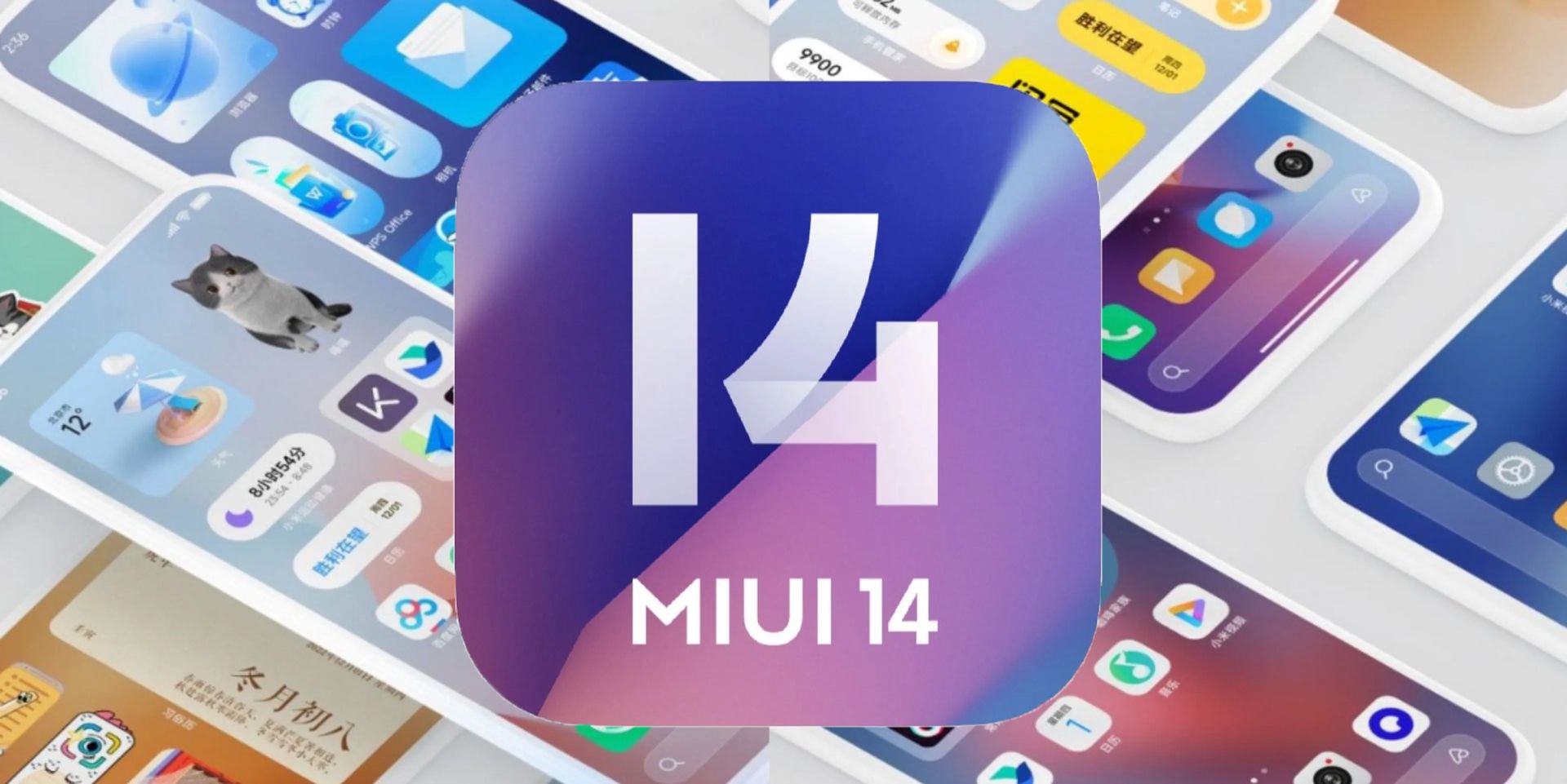After the presentation in China, we are ready to discuss which devices support MIUI 14 and what features the new operating system offers.
With Android 13, we’ve already seen what other manufacturers are up to, and Xiaomi’s MIUI 14 is a little bit late to the party. In China, the most recent MIUI version was released, and the first batch of Xiaomi devices will begin receiving updates in January 2023.
Xiaomi has maintained the design language it established last year in MIUI 14, which doesn’t differ all that much from its predecessor. Instead, Xiaomi is implementing a number of improvements and changing the system architecture itself to make MIUI work more quickly, smoothly, and efficiently. This is always a good idea, and Xiaomi points out that MIUI 14 consumes 23% less storage than MIUI 13. On devices like the Mix Fold 2, the small storage reductions might not matter much, but they will undoubtedly be useful on low-cost phones.
The new features of MIUI 14
All of Xiaomi’s announcements are focused on the Chinese market, just like in prior years. The global version of MIUI 14 will be released at a later time; it may include some more features and leave out others, including Xiaomi’s digital assistant, but its core architecture will remain the same. Here is a list of the new features in MIUI 14, along with information on when your Xiaomi phone will receive the Android 13-based update and which phones are supported.
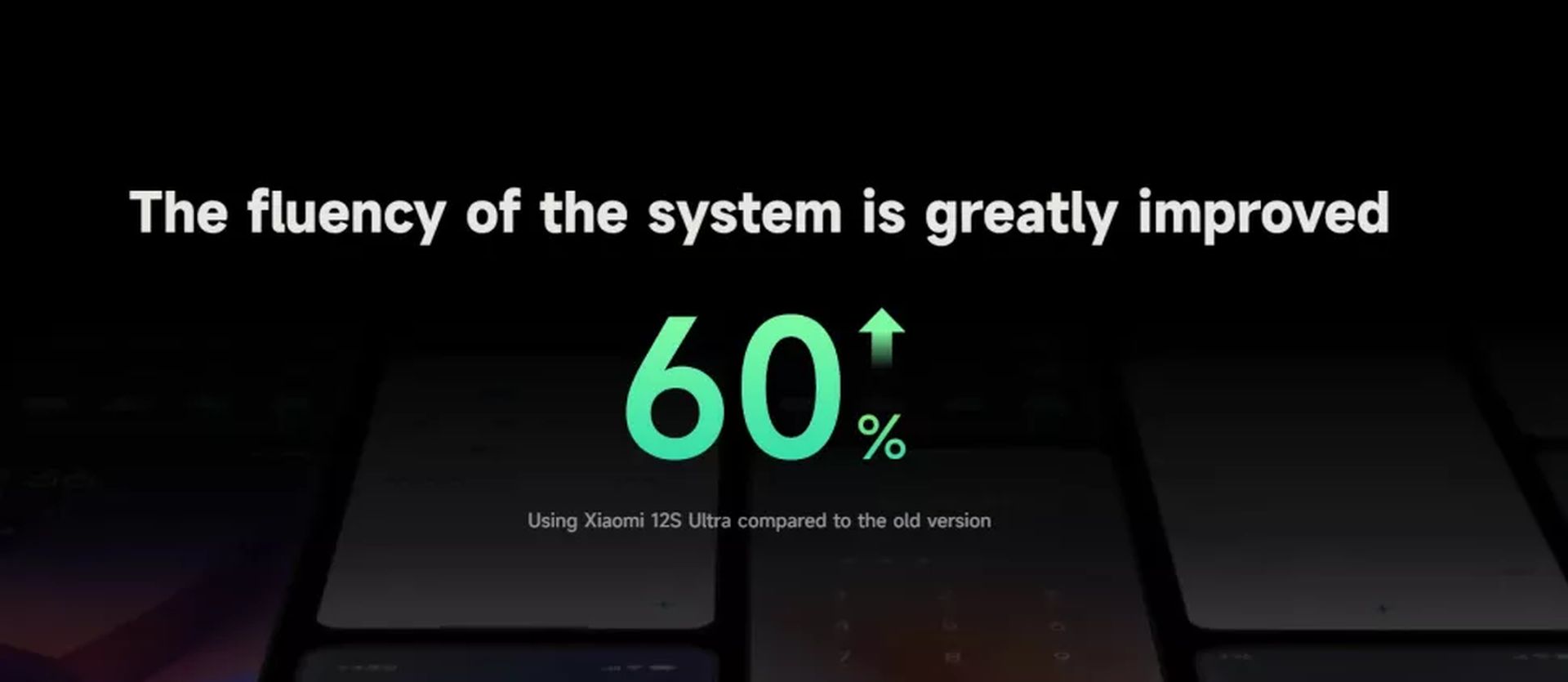
The effort Xiaomi has done over the past two years to improve the interface and make it more fluid is continued in MIUI 14. This version requires less memory and storage, and Xiaomi makes the bold claim that smoothness has enhanced by as much as 60% when compared to MIUI 13 on the Xiaomi 12S Ultra.
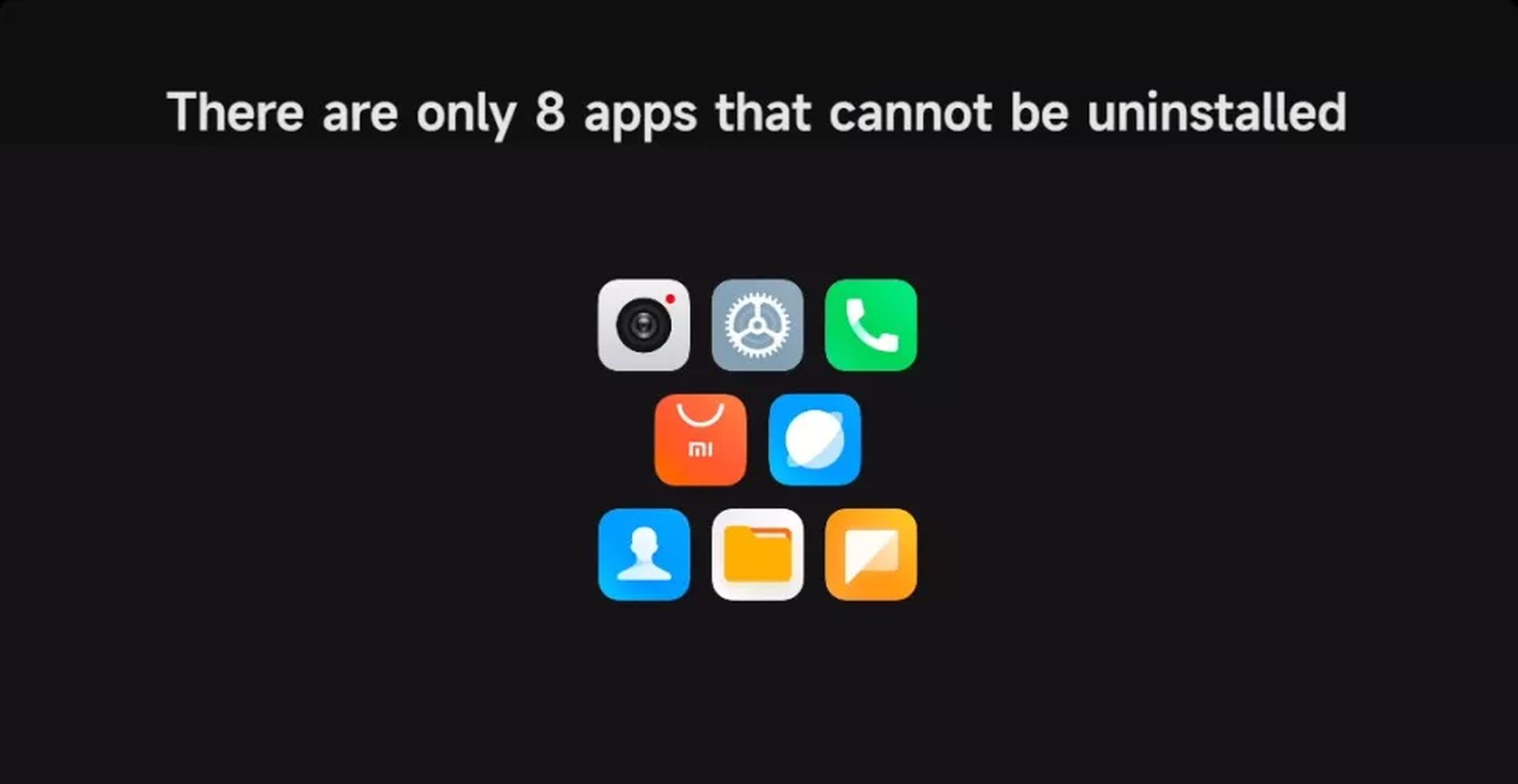
Xiaomi is standing by its promise to let customers remove MIUI system utilities, and with MIUI 14, only eight apps — Settings, Phone, Mi App Store, Browser, Contacts, Camera, Files, and Messages — remain inaccessible. In addition, MIUI 14 adds a function that automatically reduces the file size for applications you don’t use frequently, freeing up space if you installed a game but never played it.
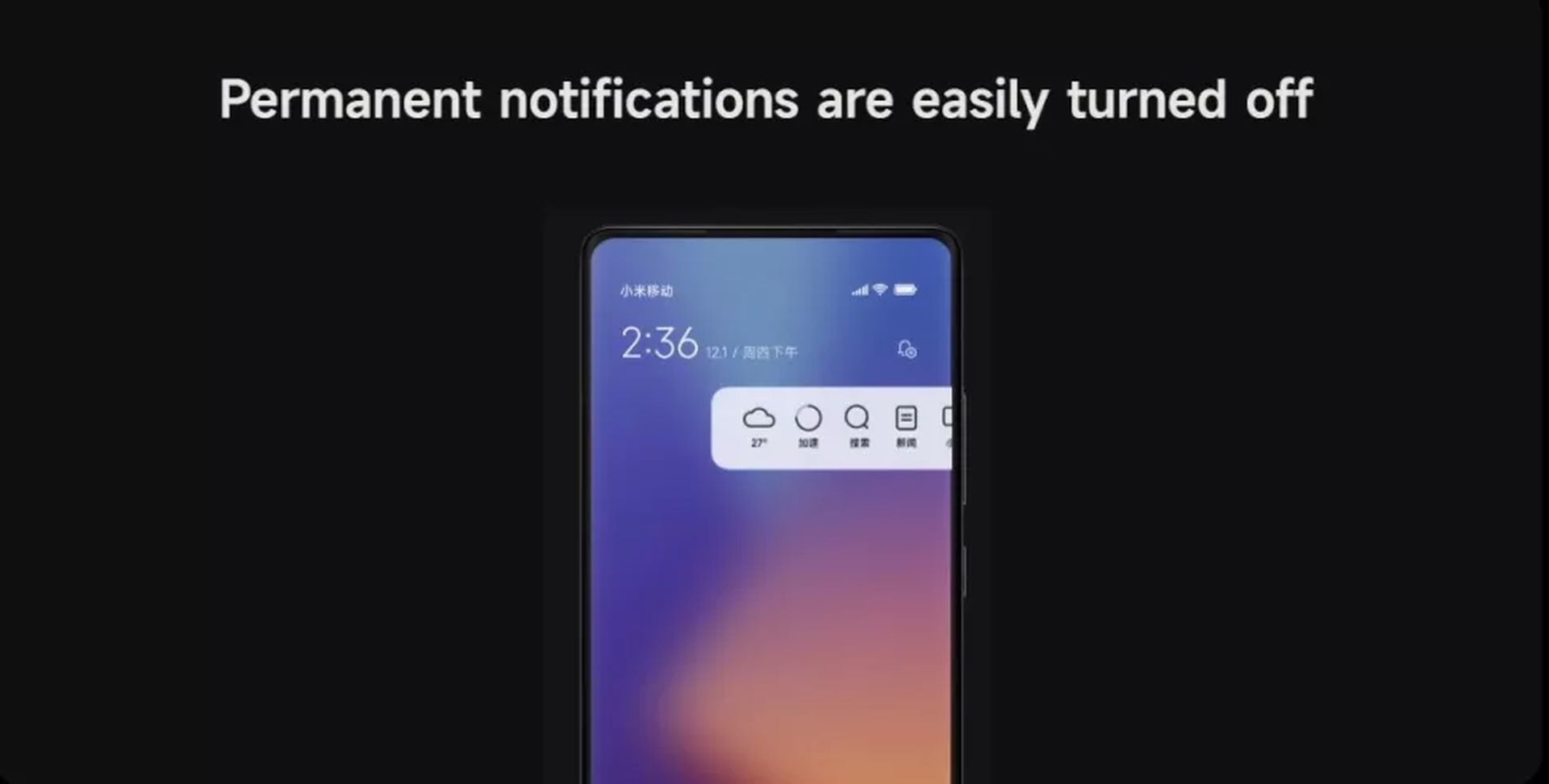
The function that allows you to easily turn off persistent notifications is one that we believe to be really noteworthy. This has been a nuisance on MIUI, and we had to use notification channels to manually turn off the notification because apps like Xiaomi Wear leave a notice up on the pane anytime a fitness band like the Mi Band 7 is attached. By making it simple to turn off such notifications, MIUI 14 eliminates this problem.
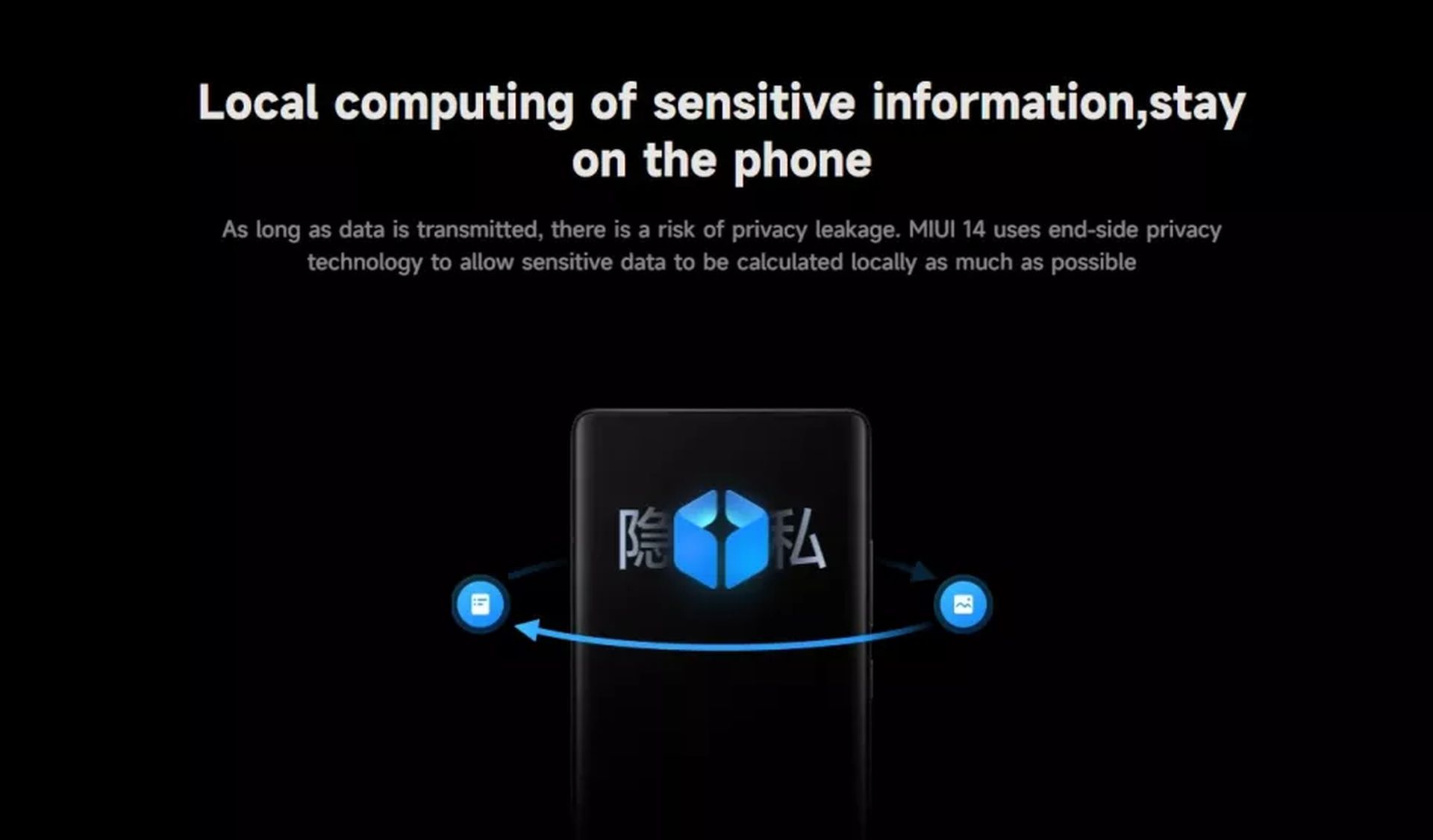
These days, data integrity is a major concern. To ensure that data isn’t routed to its servers for tasks like translation and voice transcription, Xiaomi is introducing stronger on-device technologies. It will be interesting to see if this capability is there in the global MIUI 14 edition and what languages are enabled – it now transcribes English text to Chinese. MIUI 14’s text extraction from photos and real-time transcription of subtitles in video meetings are done totally on-device.
According to Xiaomi, the text recognition feature will be available on devices with Qualcomm’s mid-range 7 series and above, as well as MediaTek’s Helio G80 and above, with Qualcomm’s high-end hardware being the only one capable of real-time subtitles.
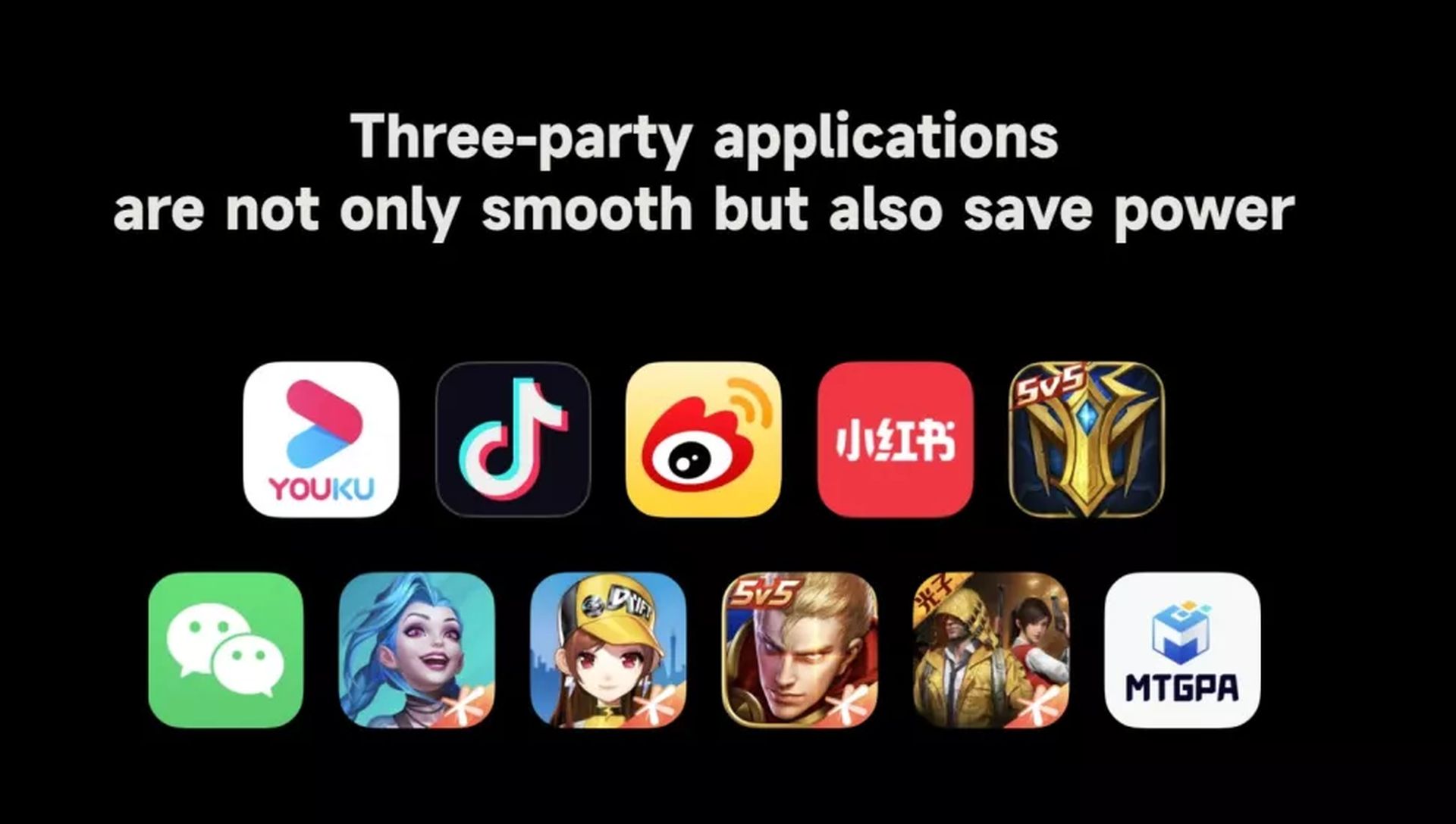
To ensure that their utilities waste less power when used for longer periods of time, Xiaomi collaborates with third-party software developers. You won’t find any services outside of China in this MIUI 14 release, but this will likely be the case with the global MIUI 14 version as well.
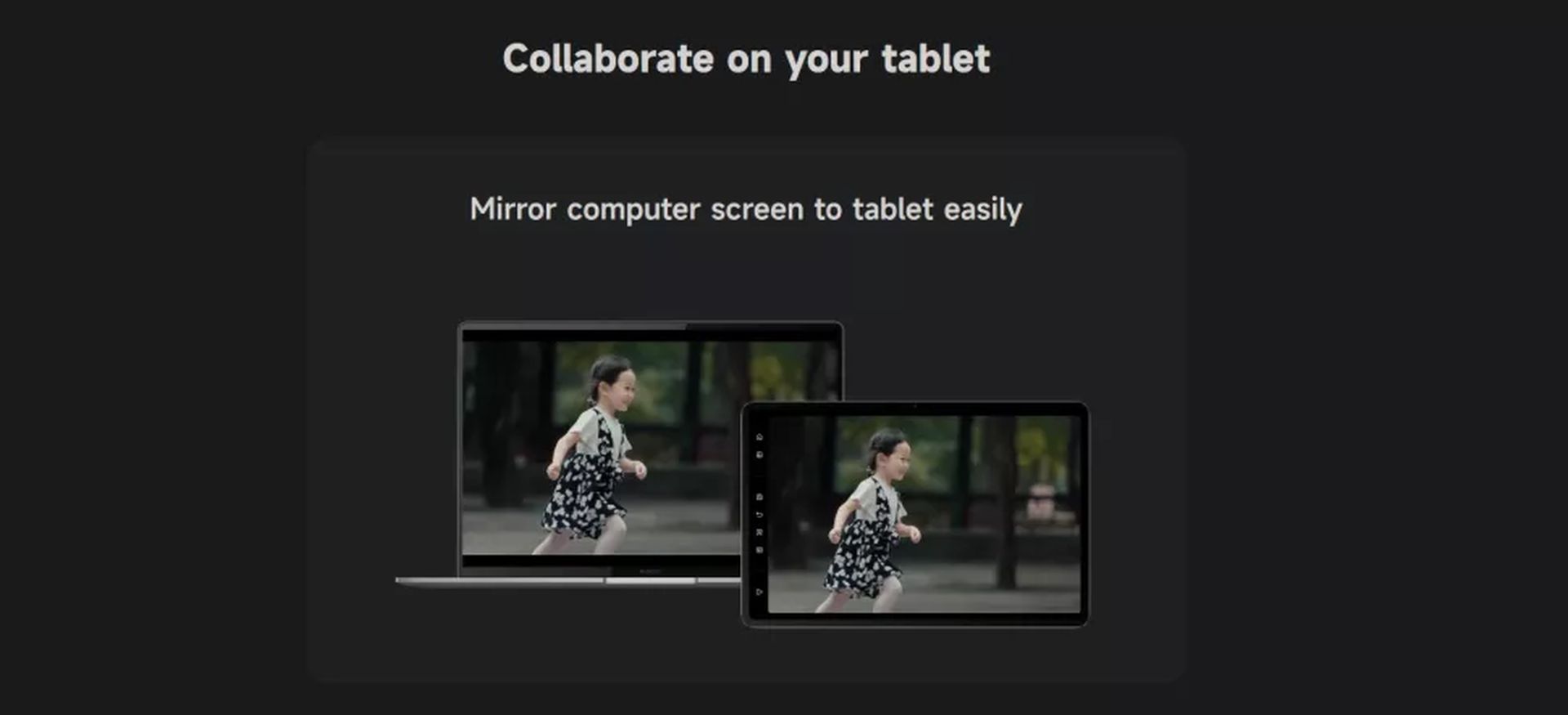
Xiaomi is facilitating device switching in terms of connection. Xiaomi is a company that produces phones, tablets, and even Windows notebooks. If you use Xiaomi’s wireless earbuds, you can smoothly transition between a phone and a notebook or tablet, similar to how the Galaxy Buds 2 work with Samsung goods.
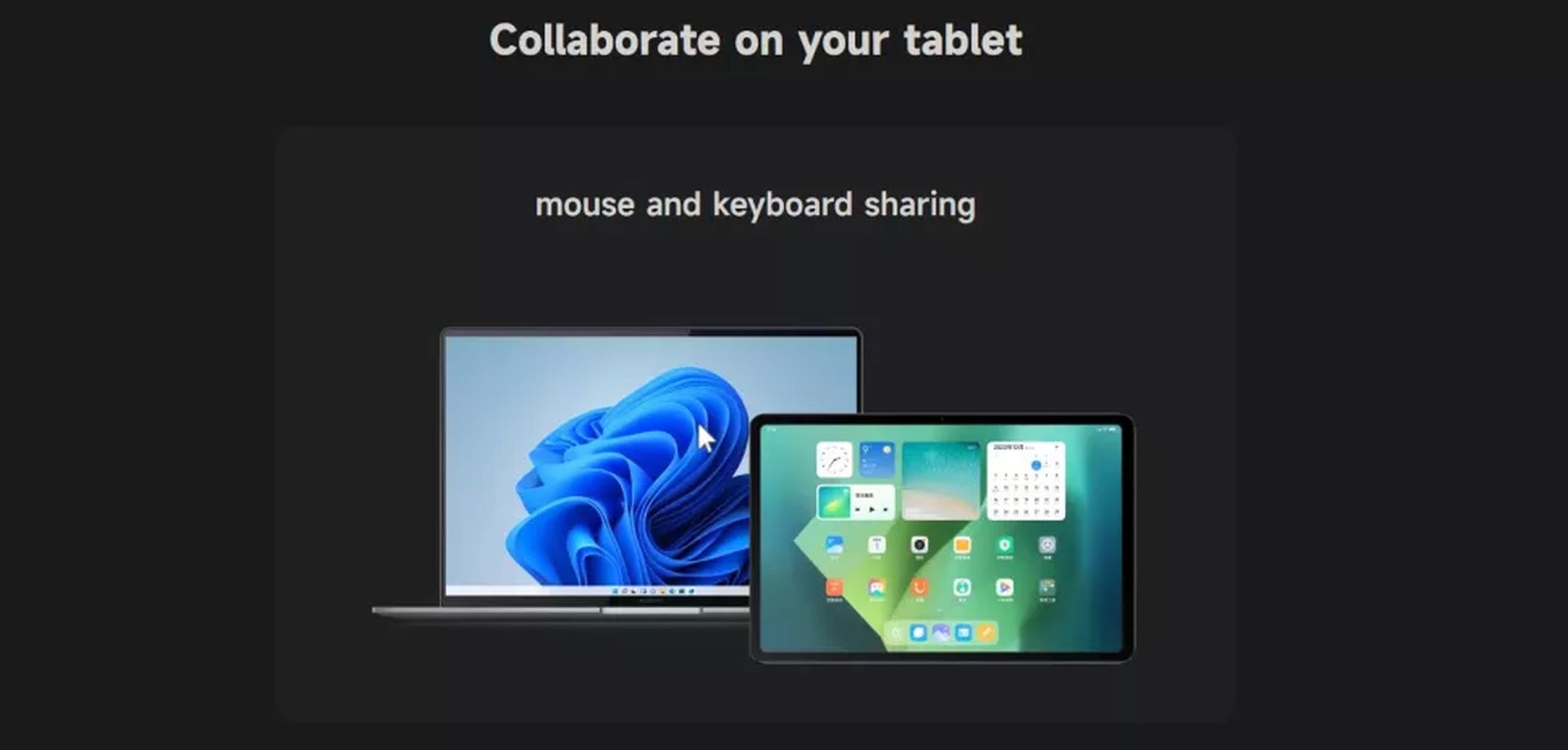
In the same spirit, you can mirror material between your tablet and notebook, and Xiaomi is also claiming mouse and keyboard sharing between the two devices – it will be fascinating to see how that actually works.

New plant and animal avatars that can be placed to the home screen are being added by Xiaomi in the personalization department. Once more, it seems like this is a feature that is specifically targeted for the Chinese market. We’ll have to wait and see if it remains in tact in the MIUI 14 worldwide edition.
Finally, Xiaomi is planning to revamp its Mi Home service, making it simpler to add and manage the company’s wide portfolio of smart home products. To manage its products, Xiaomi claims to roll out smart devices like Nest Hub and a new Mi Home user interface. Since they will use Xiaomi’s digital assistant, it is unlikely that they will make their debut outside of China.
Super Icons
Users may essentially create a custom size for every icon on the homescreen with this new MIUI 14 feature. On the same page, you can also set a unique icon. There are now only 4 icon layouts available, however future upgrades may include more styles. Simply tap “Set icon” while holding any icon. Then the new feature page will appear, allowing you to modify the icon’s size and any other supported icons.
New Folders
Similar to the MIUI Apps widget, but better, this new MIUI 14 feature lets you select an alternative folder arrangement where the folder appears larger or smaller on the homescreen. There are now only 2 layouts, but we anticipate that there will be more layouts with subsequent releases. Simply create a widget, access its related edit interface, and you will be able to modify the layout as well as the widget’s top-level preview. You may also turn on “Suggest highlighted apps,” which will recommend programs depending on how you use the folder.
New Widgets
With this brand-new MIUI 14 feature, you can simply add a virtual animal or plant to your homescreen, where you may tap on it to view various animations. The sole purpose of the feature is to provide you with a virtual pet. Other features, like really interacting with the animal or plant, aren’t available just yet, but we might get them in future releases.
MIUI 14 supported devices
The list of devices that will receive the MIUI 14 upgrade has not yet been disclosed by Xiaomi, but educated predictions can be made. The Xiaomi 10T series, 11T series, Xiaomi 12 Pro, and the rest of the Xiaomi 12 series will all be switching over because they are the top Xiaomi phones available under the Xiaomi brand. The newest Xiaomi 12S Ultra and the foldable Mix Fold 2 will start off the event.
Regarding the remainder of the Xiaomi product line, MIUI 14 should be available for POCO and Redmi devices that have been on the market for less than two years. Here’s a rundown of the devices that are most likely to transition to the Android 13-based MIUI 14: we’ll update this post whenever Xiaomi releases the official list.

Xiaomi is undoubtedly struggling with its Android 13 deployment given that Samsung began releasing One UI 5 back in November and that stable builds of OxygenOS 13 and ColorOS 13 are already out there on a number of devices. Given that this list is targeted at the Chinese market and that Xiaomi claims the MIUI 14 stable release will only begin rolling out in January, it is unclear when global devices will upgrade to the most recent version of Android.
January 2023:
- Xiaomi 12S Ultra
- Xiaomi 12S Pro
- Xiaomi 12S
- Xiaomi 12 Pro
- Xiaomi 12 Pro Dimensity
- Xiaomi 12
- Xiaomi Mix Fold 2
- Redmi K50 Pro
- Redmi K50
- Redmi K50 Extreme Edition
- Redmi K50 Gaming Edition
April 2023:
- Xiaomi Pad 5 Pro 12.5
- Xiaomi Pad 5 Pro 5G
- Xiaomi Pad 5 Pro
- Xiaomi Pad 5
- Redmi Pad
It shouldn’t take long for Xiaomi to decide to release MIUI 14 to users worldwide after the Chinese version of the update began rolling out to users in January. With more than 560 million users worldwide, MIUI is one of the most popular Android user interfaces, and Xiaomi will be eager to provide its consumers with the Android 13-based build.
Conclusion
MIUI 14, the latest version of Xiaomi’s popular mobile operating system, has been presented in China, but has not yet reached the rest of the world. Fans in other countries are eagerly awaiting the release of the new operating system, which brings a host of improvements and new features, including an updated user interface, new privacy and security features, and support for the latest hardware and software technologies.

